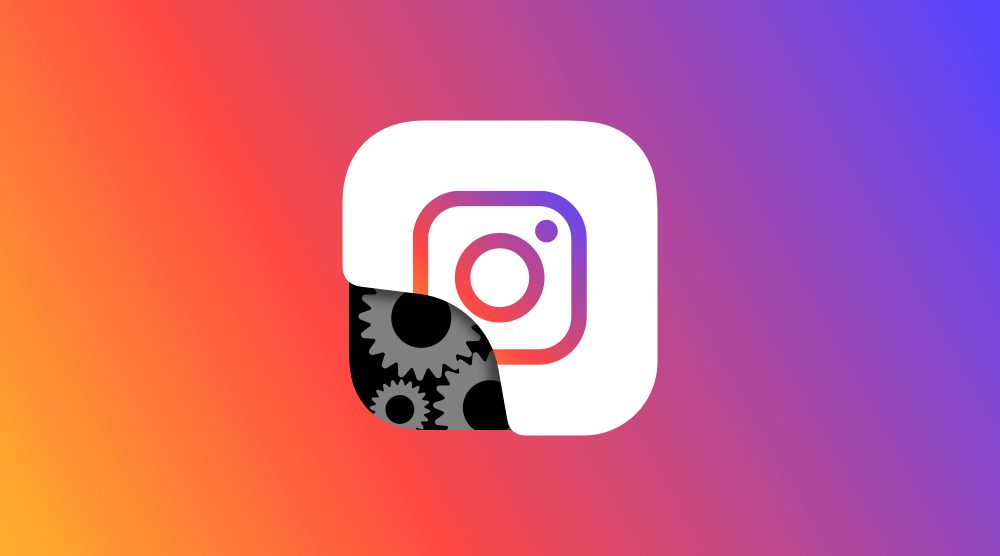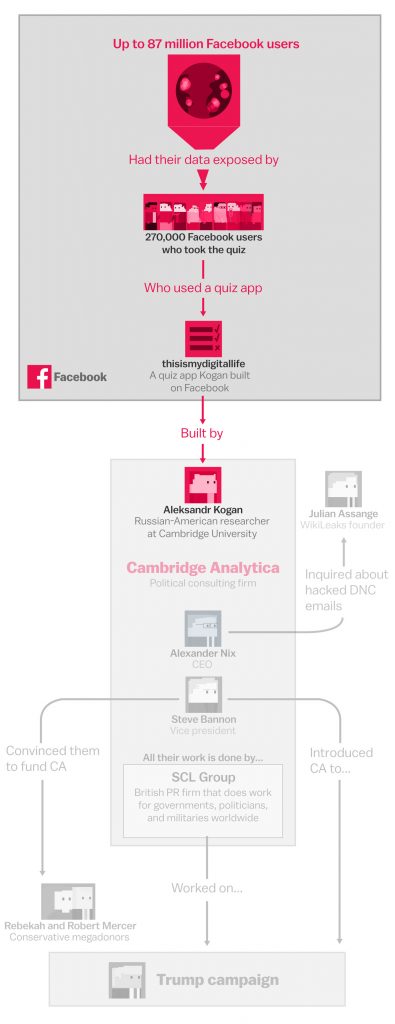You might have noticed in any of our reviews or articles about social media marketing tools that cater to Instagram that we frequently refer to the Instagram API. Indeed, most of the products that lack Instagram capabilities usually mention the limitations they face because of Instagram’s API. The truth is that some developers clearly have better API access than others.
However, it wasn’t always this way. Facebook offered reasonably open access to the APIs for both Facebook and Instagram until late 2018. Nevertheless, the unauthorized activities of particular groups of people caused Facebook to check out the access it was giving developers to its products. They initially tightened up access to Facebook and Instagram APIs, before completely changing them. Now, it’s time to take a closer look at why people need to use the APIs and the way they intend to make use of them.
What is an API?
Most of us have probably seen references to Instagram’s API (and probably APIs for other kinds of software too). However, many people don’t really understand what an API is. Technically, API stands for Application Programming Interface, although it doesn’t make things any clearer.
To know the term, you need to understand the basics of how the internet works. Websites live, as code, on giant computers, called servers. Anybody could technically store and run their website from a computer as home (a “local server”). In reality, most sites live on large specialist servers. That is just as true for Facebook and Wikipedia, as it is for Joe Smith’s personal website or the website for your local burger bar.
Every time we tap on a link we are technically sending a request to the site’s remote server.
As far as your browser or app is concerned, the part of a website’s server it interacts with is its Application Programming Interface (API). So whenever you go to Instagram in a server, open the Instagram app, and click or tap on an Instagram link, you are interacting with Instagram’s API. The API is one part of the server that receives requests and sends responses back.
APIs allow guests to a website to perform particular actions. In addition, they act as gatekeepers because they stop website guests from doing certain acts. You’ll be able to only interact with Instagram in ways that their API permits.
Why Instagram Made Changes to its API
In 2018
Instagram’s parent company, Facebook, encountered a security problem from 2015 to 2018. It is when a researcher from Cambridge Analytica, a political consulting firm, accessed data on millions of Facebook users for a British PR firm, SCL Group, to use in the Trump presidential campaign. Facebook exposed the raw data of 87 million Facebook users.
Aleksandr Kogan, a Russian-American researcher at Cambridge University, built a Facebook app that was a quiz. It collected information from the people who took the quiz. It also received raw data from their Facebook friends, thanks to a loophole in Facebook’s API.
At this point, Cambridge Analytica broke Facebook’s rules by selling the information, however that didn’t stop their access to it.
The news became public when a former Cambridge Analytica employee went public as a whistleblower in early 2018.
In 2019
The fallout of this information breach was gigantic, with Facebook’s founder and CEO, Mark Zuckerberg, having to testify in front of the United States Congress. In May 2019, the FTC voted to fine Facebook $5 billion for the information breach.
One of many flow-on effects was that Facebook severely restricted access to the APIs on its family of products, including Instagram. They shut down the existing Instagram API in 2018, limiting what third-party apps might do with Instagram. Facebook also restricted access to the API on its flagship product at the same time, making things tough for vendors wanting to integrate access to the Facebook family of apps into their products.
You might have noticed from our reviews of social media management platforms, that not all of the platforms provide equal Instagram capabilities. Things are improving now, however for a while, there was a clear line. Some products allowed you to carry out the entire Instagram scheduling process, just as you can the other social networks. Other platforms, however, will allow you to schedule your Instagram posts in advance. They will only send you a reminder to manually make your Instagram posts. The reason for this delineation is the change in the API. The first products that provided Instagram schedules were able to include full publishing. However, once Instagram restricted its API access, other firms couldn’t provide Instagram publishing to their clients. The newest API has allowed more flexibility. However, it is dependent on Instagram manually checking functions. And that is taking a long time for some significant products.



